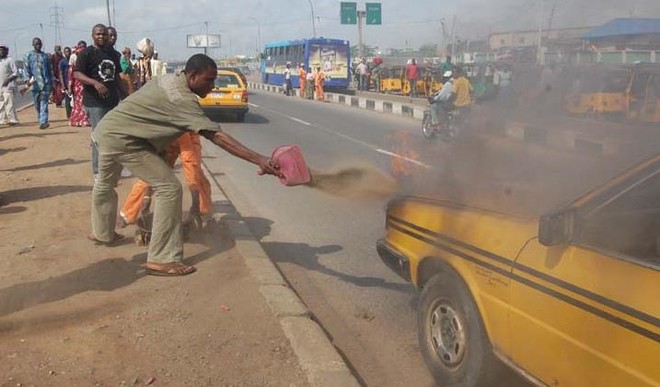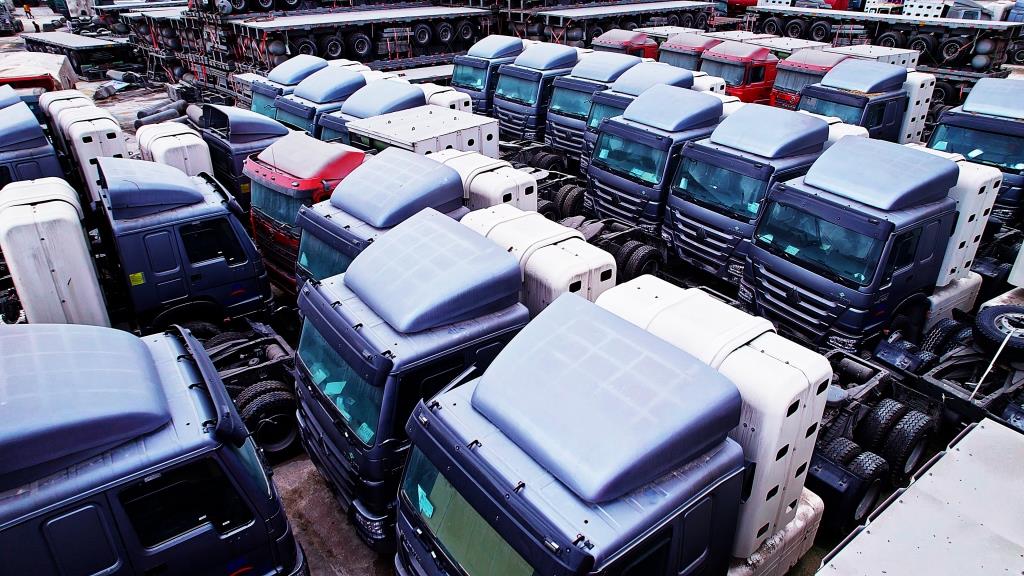Auto
Why Cars Catch Fire, How To Prevent Such


By Igono Joseph Okeme
INTRODUCTION
It is almost common to see vehicles going up in flames in Nigeria. It is really a helpless sight to behold. The occupants, if lucky, escape the raging infernos and some, who are not too really lucky, get killed as a result of various degrees of burns sustained in such incidents.
On one instance, when I was returning from one of the holy ghost services at the Redemption Camp early in the morning some months ago (I’m not by all means trying to be a religious PR here), I suddenly saw a Corolla ’08 in flames on the road. The owner of the car was nowhere to be found. Maybe he had gone to look for ‘water’ to fight the fire. Note of caution please; don’t use ordinary water to fight an inferno. That accelerates the fire because fuel is denser than water.
That day, before 8:00am, the car was totally burnt to ashes.
You could imagine environmental, economic, and psychological impacts that incident must have caused the owner, and the environment.
What would have happened, if other adjacent cars caught fire? Imagine the ripple effect of that for a minute.
Incidences like these occur in Lagos, especially areas where vehicles are at close proximity with each other.
WHAT CAUSES SUCH CASES?
For a fire to start, there must be the presence of AIR, FUEL, and a HEAT SOURCE.
There are lots of causes of car fire incidents.
The most common ones are:
- Fuel (petrol). Leaks along fuel lines pose a dangerous threat to safety here.
Cars with a leaky injector nozzle system seals can allow tiny droplets of fuel drop on hot spots on an engine, or exhaust system, thereby leading to a fire. These seals are usually weak, when they are exposed to tremendous heat from the engine, and the atmospheric temperature of the environment. Normally at 60,000miles, such seals lose their sealing properties, and create fire risks.
- Electrical issues. When you open up the hood of your car, you see bunch of wire harnesses, connectors, etc, acting as a conduit for the flow of current to various components of the car.
If any of these wiring harnesses has a SHORT CIRCUITS problem, the flow of current would be limited, at the load, leading to the current traveling to an undesignated route. This route could be the body of the car, which acts as a ground. This undesired current flow that has found a new path, could trigger a fire. If for instance there’s already a source of fuel provided it by a leaky fuel system component. Bu!!! you hear. Suddenly there’s a fire raging.
- Exhaust system. All internal combustion engine applications work through lots of friction and stress in order to produce the motion for the movement you and I enjoy when we drive our SUVs, or in a “danfo bus”. But have you ever thought that those applications could go through temperatures of up to 2000C? With this kind of extreme temperature, coupled with outside temperature, that might be in the range of 30-40C, what do you expect your engine to do? A clogged catalytic converter would generate even more extreme temperatures that could instantly lead to a fire. Even car owners look for an escape route when faced with the heat from traffic logjam on the road and work stress. You escape that by putting on your car’s AC system to take away that heat in exchange for a clean cool air. Isn’t it? OK. Same thing happens to your engine. This extreme temperature is exited through the exhaust system of the car, and straight to the environment.
Now, how does that exhaust system looks like?
Fuel system routed close to exhaust systems are at risks of causing car fires.
Manufacturers, over the years, have routed fuel lines away from exhaust systems, and even shielded the exhaust systems with shield materials to protect excess heat from setting off fires. Some fuel system lines also use heat shields, to help reduce the risks of fires.
- Oil spills. Engine oils and automatic transmission fluids spill on engine components like the transmission system, cylinder heads, exhaust system manifold, rotating driven solid shafts, and on engine chassis, etc can cause car fires.
The reason being as these spills gradually builds up into a sludge on those components, they trap dirt made of combustibles, making them susceptible to generating heat and smoke, and then results into a fire while driving.
HOW TO PREVENT CAR FIRES
The most effective way to prevent car fires are:
- Carry out preventive maintenance checks on all fuel, exhaust, and electrical systems at every oil change. These checks would help you determine their integrity, and eventually point out potential problem areas before they occur.
- Ensure all maintenance/repairs carried out on the car’s fire prone systems, such as the fuel, exhaust, and electrical systems are properly done.
Proper laid down procedures regarding repairs and safety must be strictly adhered to. Do not allow your mechanics to tell you, “Oga. It doesn’t matter to put on an exhaust heat shield, or let’s manage the fuel line clips. It won’t do anything”. If you currently have a mechanic like that as your mechanic, you have to run brother!
- Carry out steam washing of the engine bay monthly, or so. That would reduce the accumulation of oil spill build up on the engine area.
If you’re scared of allowing your engine to be steam washed, you could hand wash it.
***use solvents such as petrol, or diesel fuel, to help remove oil spills, and apply a soapy solution to wash the affected parts mildly.
NB: Ensure the cars ECU (commonly called brainbox), and ignition control modules are protected from water sprays because they could foul the system and cause you tremendous money fixing them.
WHAT DO YOU DO WHEN YOUR CAR CATCHES FIRE
Well, I know some of us are so religious when it comes to predictive maintenance and stuffs like that. But I think it is cool for you to have some tips on your hand just in case, perhaps, your neighbour’s car catches fire, this is what you should do.
- If you notice smoke billowing out of the car while driving, pull over off the road to a safe place and park.
Don’t open the hood because there’s the risk the fire could spread further because opening up the hood creates more oxygen intake for the car and that accelerates the fire.
- Get out of the car as soon as possible If you can.
Do not attempt to return back to the car to rescue your laptop, galaxy note 7, and even your jewellery. I think it is better you’re alive than die in that fire; doesn’t make sense to me though. But maybe that’s not my business.
- Disconnect the power source if you can. Some cars like Benz, BMW, Renaults don’t have their batteries located at the front. They’re at the rear or at the front passenger seat. Be bold enough to disconnect the positive terminal in order to cut the current supply to the electrical systems.
- If you’re courageous enough, fight the fight with a recommended fire extinguisher class type recommended by your safety agency (FRSC); it could be a class B, or C, depending on the specifications recommended.
- Call the fire service immediately if you’ve got no guts to stand against a fire.
CONCLUSION
Car inferno don’t just start like that.
And even if they do, take preventive maintenance checks very seriously. Try monitoring the kinds of jobs and the safety/repair procedures your car mechanic employ fixing your precious car. If you don’t, someday, you might just laugh-cry.
Hope this piece has enlightened someone on this platform.
Auto
Heirs to Introduce Low-Cost Motor Insurance

By Modupe Gbadeyanka
There are plans by Heirs Insurance to introduce insurance products tailored for vehicle owners, a statement from the underwriting firm has disclosed.
According to the subsidiary of Heirs Holdings, this low-cost motor insurance package known as the Flexi Comprehensive Motor Insurance Plan will provide the benefit of a comprehensive motor insurance plan for a fraction of the cost, addressing the financial realities many Nigerians face.
The underwriting company announced the plan to introduce this package as it launched a new campaign designed to reward its customers.
This initiative themed Unwrapping Smiles will bring hope to individuals, families, and communities this holiday season, and will run from December 10 to December 31, 2024.
It will feature community-focused outreaches, including Christmas gifts and exciting rewards to put smiles on the faces of Nigerians. It will also include the launch of a holiday-watch web film known as The Underwriters for all Nigerians to enjoy.
“At Heirs Insurance Group, we are committed to providing much more than insurance. In a season when many Nigerians seek hope and reasons to smile, we are proud to offer initiatives that inspire and uplift,” the Chief Marketing Officer of Heirs Insurance, Ms Ifesinachi Okpagu, said.
Auto
FG Claims Investments in Presidential CNG Initiative Now $450m

By Adedapo Adesanya
Nigeria’s Presidential Compressed Natural Gas Initiative (PCNGi) claims that investments in championing the CNG value chain have hit $450 million.
This was disclosed by Mr Michael Oluwagbemi, Project Director and Chief Executive Officer (CEO), PCNGi, during the 9th Edition of the Nigeria Energy Forum (NEF2024) Day 2, Virtual Event themed Energising Sustainable Industrialisation.
According to the PCNGi CEO, the amount goes into things like mother stations, daughter stations and refuelling stations as well as conversion centres which are starting to spring up across the nation.
Mr Oluwagbemi, represented by Mr Tosin Coker, the Head of Commercial, PCNGi, said the initiative had successfully converted more than 10,000 vehicles from petrol to CNG.
“By 2027, the initiative will have converted more than one million vehicles using petrol to CNG,” he said.
On incidents of explosion of vehicles using CNG, the CEO assured Nigerians that it had taken precautionary measures with different agencies of government to ensure safety.
Mrs Ibironke Olubamise, National Coordinator of the GEF Small Grants Programme (SGP), managed by UNDP, said the SGP was investing in youth energy innovation for economic growth and environmental sustainability.
Mr Daniel Adeuyi, NEF Group Chairman, said, “The event featured three super sessions on Energising Industrial Revolution, Community Climate Action by GEF-SGP UNDP and Clean Energy Innovations.
“The sessions are to share lessons learnt from real-life projects and build capacity of young entrepreneurs and cross-industry professionals.”
Mr Joseph Osanipin, the Director General of the National Automotive Design and Development Council (NADDC), said that the council had trained more than 4,000 auto technicians on how to convert petrol vehicles to CNG.
He said the council had started campaigns to sensitise Nigerians on the advantages of using CNG to power their vehicles.
“CNG can guarantee a cleaner environment, it is cheaper and affordable,” he said.
Mr Oluwatobi Ajayi, the Chairman and Managing Director of Nord Automobile Ltd., said the company was established to tackle the growing demand for vehicles in Africa and reduce import dependency.
He said that because of the Federal Government’s CNG initiative, the company had incorporated it into their vehicle production to meet up with the government policy.
Mr Armstrong Tankan, the Managing Director and Chief Executive Officer, Ministry of Finance Incorporated (MOFI), said that MOFI was set up in 1959 as the statutory vehicle to hold all the assets owned by the federal government.
“Today, we’ve been able to identify the assets the federal government owns and we are trying to track them.
‘We actually do have assets, not just locally but globally as well and we must establish visibility over what the federal government owns before we can start talking about managing them.
“So, we want to try to minimise the waste, minimise the overlaps and help to improve output,” he said.
Auto
Dangote Becomes Largest Operator of CNG Trucks With $280m Investment

By Aduragbemi Omiyale
Over $280 million has been invested by Dangote Cement Plc in compressed natural gas (CNG) technology and infrastructure to enhance energy efficiency and drive economic growth in Nigeria.
The cement maker turned to CNG in demonstration of its support for President Bola Tinubu’s drive for cheaper and cleaner fuelling alternatives for all Nigerians.
At a recent event, the President emphasised the urgent need for Nigeria to utilise its vast natural gas resources in the transportation sector.
He stated that CNG transportation is an economic necessity for Nigeria, signalling a significant shift in the country’s approach to public transportation and energy use.
This has spurred Dangote Cement to adopt CNG, reflecting its dedication to mitigating climate change and supporting a transition to a low-carbon economy, making it the largest operator of CNG trucks in the country.
The chief executive of Dangote Group, Mr Aliko Dangote, said his company’s investments in CNG are also in line with Nigeria’s Nationally Determined Contribution (NDC) under the Paris Agreement, which aims for net-zero emissions by 2060.
“In this pursuit of transition to clean energy, we are optimistic of a remarkable accomplishment by President Tinubu, as he has taken the lead in the nation’s drive towards energy efficiency. This presupposes private sector intervention to support this noble idea initiated by the President,” he stated.
The businessman noted that the firm’s early adoption of CNG has made it the largest operator of CNG trucks in Nigeria, emphasising that the initiative is a boost to Mr Tinubu’s quest towards enhancing the nation’s energy independence and contributing to a more secure energy future.
“We are now using CNG vehicles, especially with the new policy of the federal government, launched under the Renewed Hope Agenda by President Tinubu. We are committed to a cleaner and greener future,” Mr Dangote said.
On his part, the chief executive of Dangote Cement, Mr Arvind Pathak, said the cement miller aims to acquire 100 per cent CNG trucks as part of a long-term plan to transition its entire fleet to CNG.
He disclosed that the CNG infrastructure investments have positively influenced Nigeria’s transition to cleaner fuels, adding that the CNG station at Obajana, capable of refuelling over 3,000 trucks, exemplifies this commitment, with a second station currently under development in Ibese to support fleet operations further.
“By mid-2026, Dangote Cement aims to operate a fleet predominantly powered by CNG. To facilitate this transformation, we are investing in expanding our CNG fuelling infrastructure, ensuring that our growing fleet has reliable access to CNG as our fuel,” Mr Pathak said.
He added that plans are afoot to aggressively pursue this timeline of deployment, beginning from the first quarter of 2025, saying, “We are keeping our eyes on the ball to ensure that we do not miss our target dates of full compliance.”
-

 Feature/OPED5 years ago
Feature/OPED5 years agoDavos was Different this year
-
Travel/Tourism8 years ago
Lagos Seals Western Lodge Hotel In Ikorodu
-

 Showbiz2 years ago
Showbiz2 years agoEstranged Lover Releases Videos of Empress Njamah Bathing
-

 Banking6 years ago
Banking6 years agoSort Codes of GTBank Branches in Nigeria
-

 Economy2 years ago
Economy2 years agoSubsidy Removal: CNG at N130 Per Litre Cheaper Than Petrol—IPMAN
-

 Banking2 years ago
Banking2 years agoFirst Bank Announces Planned Downtime
-

 Sports2 years ago
Sports2 years agoHighest Paid Nigerian Footballer – How Much Do Nigerian Footballers Earn
-

 Technology4 years ago
Technology4 years agoHow To Link Your MTN, Airtel, Glo, 9mobile Lines to NIN













1 Comment